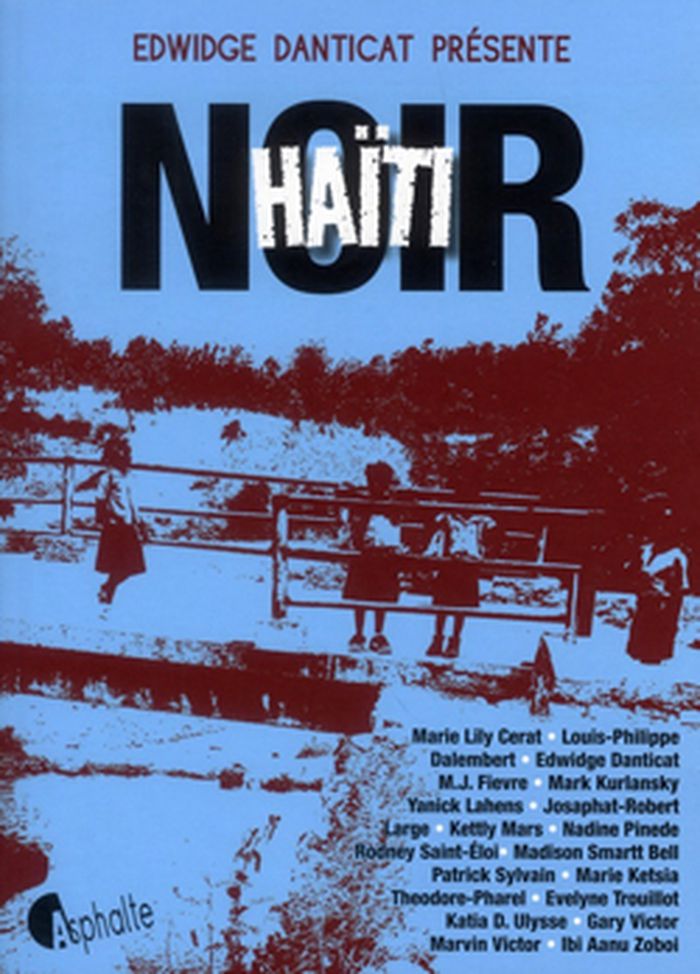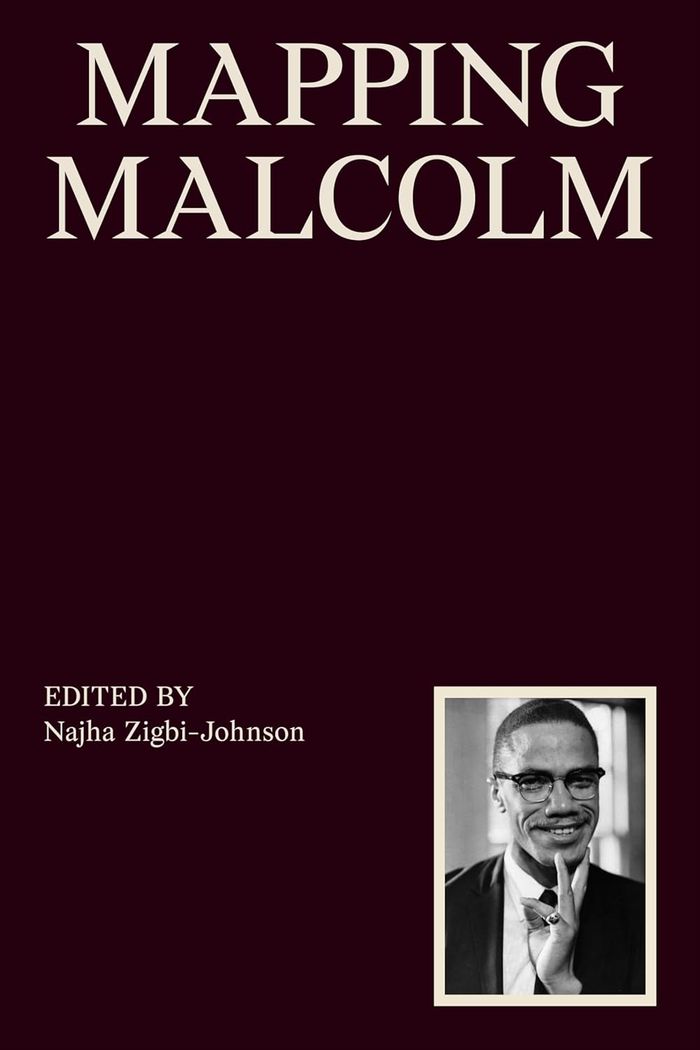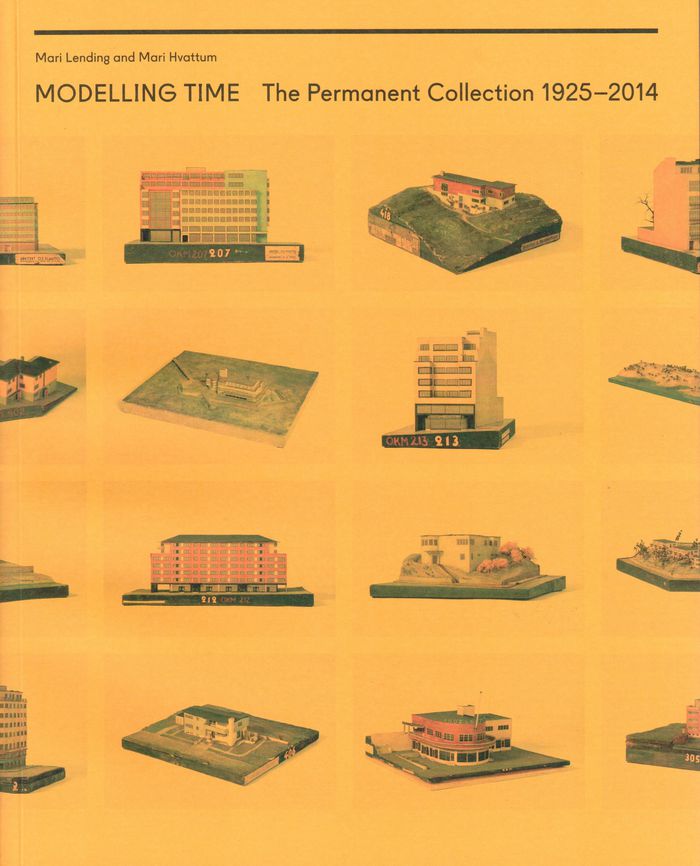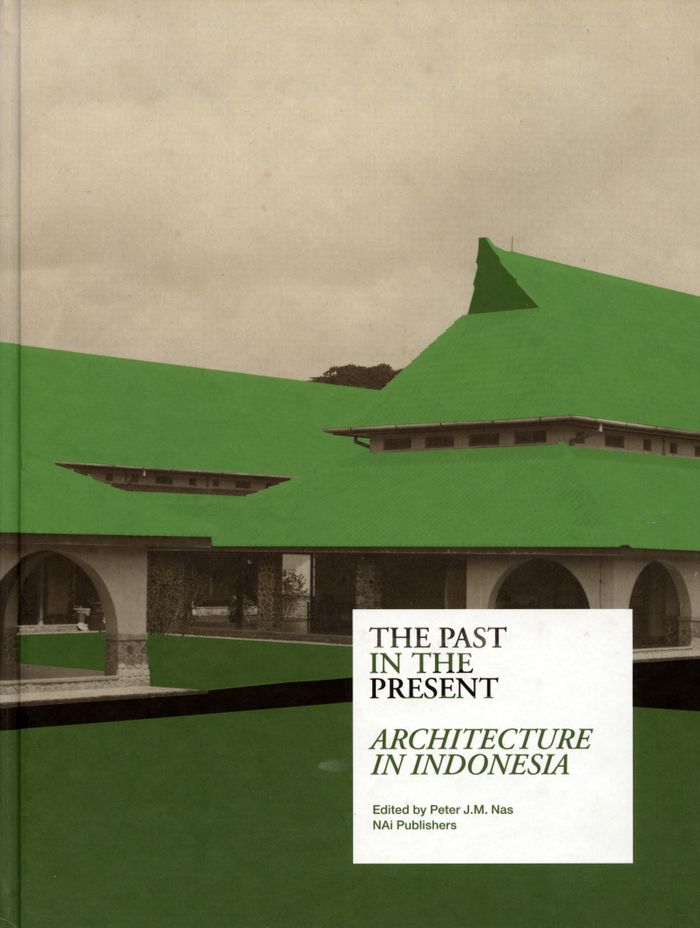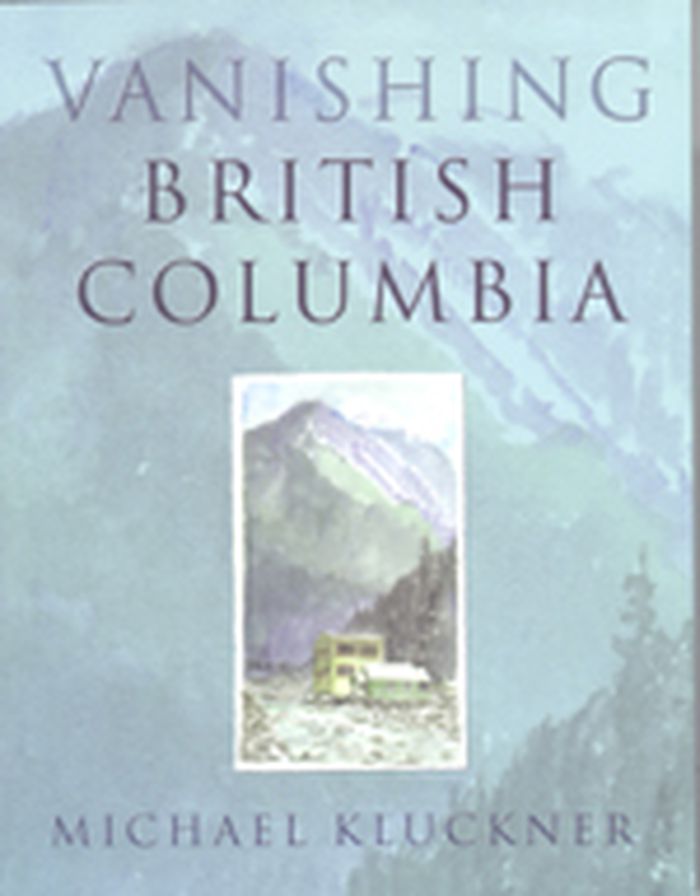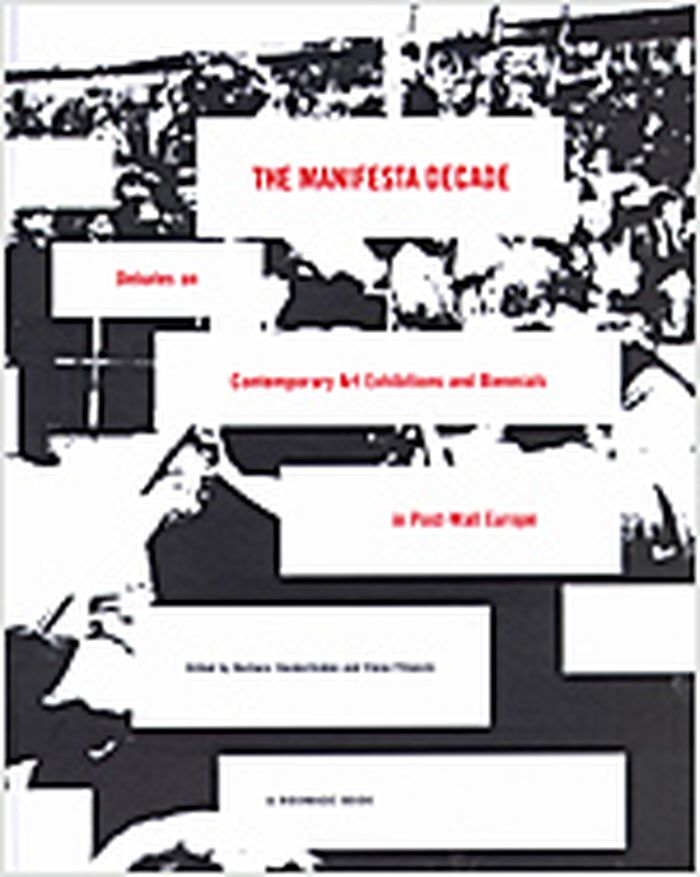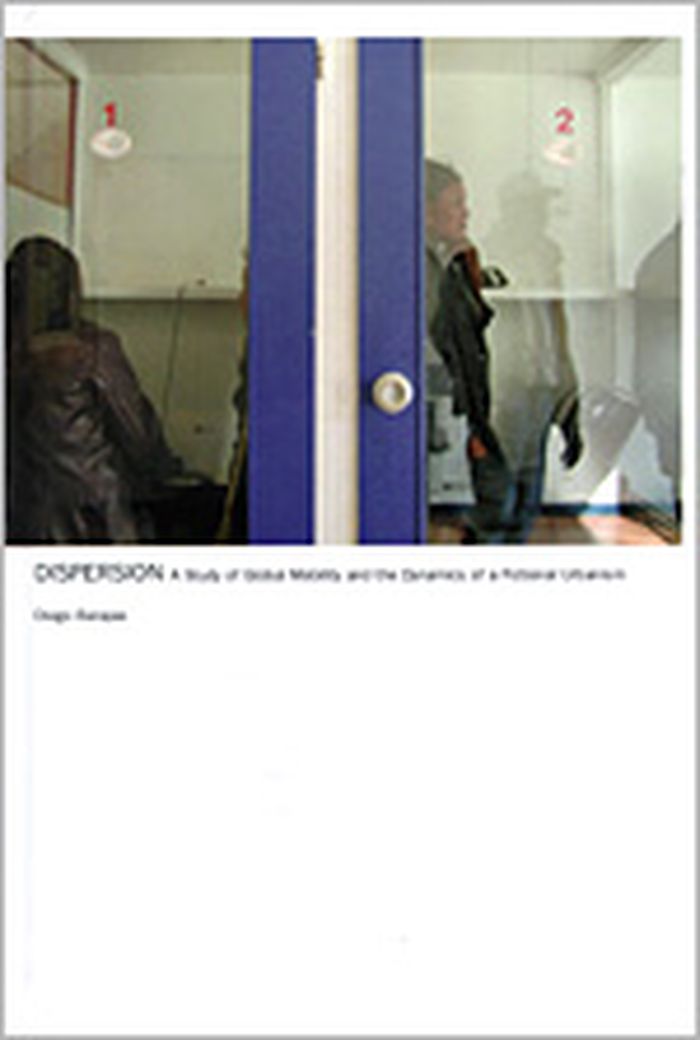They laid the foundation
$48.00
(available in store)
Summary:
Beginning in the 1920s, and especially after the Nazis introduced the Nuremberg Race Laws in the 1930s, more than 130 Jewish architects chose to leave their native Germany and begin afresh in Palestine. Many of them, including Alex Baerwald and Harry Rosenthal, left behind significant buildings that were already central to the urban image of Berlin. Nevertheless, upon(...)
Architecture since 1900, Middle-East
September 2007, New York
They laid the foundation
Actions:
Price:
$48.00
(available in store)
Summary:
Beginning in the 1920s, and especially after the Nazis introduced the Nuremberg Race Laws in the 1930s, more than 130 Jewish architects chose to leave their native Germany and begin afresh in Palestine. Many of them, including Alex Baerwald and Harry Rosenthal, left behind significant buildings that were already central to the urban image of Berlin. Nevertheless, upon arriving in their new desert home, completely unaccustomed to the climate, the culture or the language, these Bauhaus-era repatriates set about laying the foundations of a new society with amazing vigor. This volume, assembled by the Israeli architect Myra Warhaftig, provides comprehensive documentation of works by this first generation of Jewish-Palestinean architects, including kibbutzim, villages and cities with housing developments, hospitals, schools, universities, theaters, administrative buildings, etc. It also includes documentation of the lives and works of many of the most entrepreneurial individuals to escape in the diaspora, who, along with their descendents, laid the foundations of modern-day Israel.
Architecture since 1900, Middle-East
Haiti noir
$35.95
(available to order)
Summary:
Tragiquement connue pour son histoire violente et chaotique, ainsi que pour la catastrophe qui l'a frappé en 2010, Haïti est le pays le plus pauvre des Amériques - et l'un des plus riches sur le plan littéraire. Cette anthologie de dix-huit nouvelles, projet lancé avant le tremblement de terre, réaffirme le talent des auteurs contemporains haïtiens, qu'ils vivent sur(...)
Haiti noir
Actions:
Price:
$35.95
(available to order)
Summary:
Tragiquement connue pour son histoire violente et chaotique, ainsi que pour la catastrophe qui l'a frappé en 2010, Haïti est le pays le plus pauvre des Amériques - et l'un des plus riches sur le plan littéraire. Cette anthologie de dix-huit nouvelles, projet lancé avant le tremblement de terre, réaffirme le talent des auteurs contemporains haïtiens, qu'ils vivent sur place ou qu'ils soient issus de la diaspora, sur un terrain où ils ne sont pas forcément attendus : le genre noir. Sont représentés des auteurs aussi bien francophones qu'anglophones. Edwidge Danticat est née en Haïti en 1969. À l'âge de douze ans, elle part pour les États-Unis et rejoint ses parents à Brooklyn. Auteur de romans, d'essais, de nouvelles et de livres pour la jeunesse, elle a été récompensée par le National Book Critics Circle Award pour son livre Adieu mon frère. Son dernier texte publié est un essai sur l'artiste immigrant : Créer dangereusement.
City Guides
Mapping Malcolm
$38.00
(available in store)
Summary:
"For Harlem is where he worked and where he struggled and fought—his home of homes, where his heart was, and where his people are." Nearly sixty years since the martyrdom of Malcolm X, these words from Ossie Davis’s eulogy remind us that Malcolm’s political and religious beliefs and conceptions of culture have profoundly shaped and been shaped by Harlem. "Mapping Malcolm"(...)
Mapping Malcolm
Actions:
Price:
$38.00
(available in store)
Summary:
"For Harlem is where he worked and where he struggled and fought—his home of homes, where his heart was, and where his people are." Nearly sixty years since the martyrdom of Malcolm X, these words from Ossie Davis’s eulogy remind us that Malcolm’s political and religious beliefs and conceptions of culture have profoundly shaped and been shaped by Harlem. "Mapping Malcolm" continues the project of reinscribing Malcolm X’s memory and legacy in the present by exploring his commitment to community building and his articulation of a global power analysis as it continues to manifest across New York City today. More specifically, the book explores the limits and possibilities of the archive, the political, material, and philosophical legacy of the Black radical tradition, the Black diaspora, and the state. Oriented toward sovereignty and liberation, ''Mapping Malcolm'' brings together artists, community organizers, and scholars to consider the politics of Black space-making in Harlem through a range of historical, cultural, and anti-imperialist worldviews designed to offer new, reparatory pedagogical possibilities. Together, they reconfigure how we understand, employ, and carry forward Malcolm X’s sociopolitical, cross-cultural analyses of justice and power as an everyday praxis in the built environment and beyond.
Social
$44.95
(available to order)
Summary:
Modelling Time: The Permanent Collection 1925–2014 chronicles the exhibition Model as Ruin at the House of Artists in Oslo, November 1 – December 15, 2013. Together with master students from the Oslo School of Architecture and Design, Mari Hvattum and Mari Lending brought a unique, modernist model collection out of the archives, re-exhibiting it at the venue that once(...)
Modelling time: the permanent collection 1925-2014
Actions:
Price:
$44.95
(available to order)
Summary:
Modelling Time: The Permanent Collection 1925–2014 chronicles the exhibition Model as Ruin at the House of Artists in Oslo, November 1 – December 15, 2013. Together with master students from the Oslo School of Architecture and Design, Mari Hvattum and Mari Lending brought a unique, modernist model collection out of the archives, re-exhibiting it at the venue that once hosted its biggest ever display in 1931. The collection testifies to a different modernism; not white and austere but colourful, diverse, and full of detail. Modelling Time gives an in-depth portrayal of the so-called ‘Permanent Collection’ of Norwegian scale models, photographs and drawings, tracing its international trajectory of exhibitions from Brussels in 1927 to its last appearance at the World’s Fair in New York in 1939. The book documents the collection’s heydays as part of a vivid international modernist culture, as well as its archival diaspora as it falls into oblivion after WWII. In an extensive, archive-based essay editors Lending and Hvattum give the full context of the collection, while Juliane Derry and Jorge Otero-Pailos look into the models’ materiality and issues of decay. Model scholars and architecture curators Barry Bergdoll, Carson Chan, Pippo Ciorra, Oliver Elser, Juliet Koss, Andres Lepik, Adam Lowe, Wallis Miller, Jorge Otero-Pailos, Léa-Catherine Szacka, and Victor Plathe Tschudi presents a variety of perspectives inspired by the Oslo collection.
Models
$60.00
(available in store)
Summary:
The concepts of "Indonesian architecture" and "architecture in Indonesia" are both quite difficult to pin down. For the architecture of this small country incorporates influences from many important cultures--from India, China and the Middle East to countries in the West--and is therefore extremely multifaceted. In fact, one might reasonably ask whether a "real"(...)
July 2007, Rotterdam
The past in the present : Architecture in Indonesia
Actions:
Price:
$60.00
(available in store)
Summary:
The concepts of "Indonesian architecture" and "architecture in Indonesia" are both quite difficult to pin down. For the architecture of this small country incorporates influences from many important cultures--from India, China and the Middle East to countries in the West--and is therefore extremely multifaceted. In fact, one might reasonably ask whether a "real" Indonesian architecture actually exists, even with reference to the country's vernacular work, which is highly diverse from an ethnic perspective in and of itself. The quest for an authentic Indonesian architecture has in fact been the subject of debate among architects there for many years, especially in regards to the work has been exported to other countries--in particular, its former colonizer, the Netherlands. (In fact, there is even a name for the hybrid style that originated during that era: Indische).This very nicely designed collection of illustrated essays, which features a special section of pictures and drawings of colonial architecture, provides a real sense of the diversity of building in modern-day Indonesia--while at the same time recognizing that such a perspective cannot be productive without taking history into account. With chapters on Modern Indonesian architecture, vernacular traditions, mosques, the effect of the Chinese diaspora, hybrid historic/contemporary Balinese architecture, the colonial period, Indische architecture and Art Deco and more, this publication provides an amazing overview and a long-overdue investigation of Indische work. Preface by Aaron Betsky.
Vanishing British Columbia
$39.95
(available to order)
Summary:
The old buildings and historic places of British Columbia form a kind of “roadside memory,” a tangible link with stories of settlement, change, and abandonment that reflect the great themes of our history. With small towns declining and old rural properties changing, so little of the history of these places has been recorded in museums or archives, and so much of it may(...)
Architecture in Canada
October 2005, Vancouver Toronto Seattle
Vanishing British Columbia
Actions:
Price:
$39.95
(available to order)
Summary:
The old buildings and historic places of British Columbia form a kind of “roadside memory,” a tangible link with stories of settlement, change, and abandonment that reflect the great themes of our history. With small towns declining and old rural properties changing, so little of the history of these places has been recorded in museums or archives, and so much of it may disappear as families disperse and memories dim. More than a decade ago, Michael Kluckner began painting these dots on his personal map of the province in a watercolour sketchbook. In 1999, after he put a few of the sketches on his website, a network of correspondents emerged that eventually led him to the family letters, photo albums, and memories – all from a disappearing era of the province. Vanishing British Columbia is a record of these places and the stories they tell. It combines engaging and insightful historical commentary with over 160 of the author’s original paintings. It has an exceptional assortment of historic imagery, including old postcards, architectural plans, and photographs. The study of roadside memory demonstrates the visceral connection that people, especially those who are part of the rural-to-urban diaspora of modern times, have for the sites of their family memories. On a grander scale this approach leads to a broader understanding of more abstract historical themes and of the province’s history and culture. It also presents a compelling argument for stewardship of regional history in the face of urbanization and globalization.
Architecture in Canada
The Manifesta decade : debates on contemporary art exhibitions and biennials in post-wall Europe
$43.95
(available to order)
Summary:
Manifesta, the first itinerant European biennial for contemporary art, emerged in a post-wall, globalizing Europe. Founded in 1993, it organized traveling exhibitions aimed at providing a new framework for cultural exchange and collaboration between artists and curators from across the continent. "The Manifesta decade" marks Manifesta's ten years of exhibits with original(...)
Museology
September 2005, Cambridge, Mass.
The Manifesta decade : debates on contemporary art exhibitions and biennials in post-wall Europe
Actions:
Price:
$43.95
(available to order)
Summary:
Manifesta, the first itinerant European biennial for contemporary art, emerged in a post-wall, globalizing Europe. Founded in 1993, it organized traveling exhibitions aimed at providing a new framework for cultural exchange and collaboration between artists and curators from across the continent. "The Manifesta decade" marks Manifesta's ten years of exhibits with original essays, unpublished images, and texts that not only document the different Manifesta exhibits but also examine the cultural, curatorial, and political terrain of the Europe from which they sprang. Including contributions from philosophers, historians, and anthropologists, interviews with architect Rem Koolhaas and historian Jacques Le Goff, and essays by such curators and writers as Okwui Enwezor, Boris Groys, Maria Hlavajova, and Hans Ulrich Obrist, the collection traces the cultural and political developments of Europe in the 1990s. It reflects the debates incited by exhibitions such as "Magiciens de la terre", Documenta, and "After the wall" and explores the changing roles of curators and artists in the new geo-political context. The issues discussed include the effect of communism's collapse on Eastern Europe, the role of biennials in the context of globalization, and the ephemerality of exhibitions versus the permanence of the museum. The book's second section traces the history of Manifesta, from its conceptual foundations and contributions to artistic practices of the 1990s to the relationship of a roving biennial to themes of multiculturalism, migration and diaspora. At a moment when biennials continue to proliferate worldwide, "The Manifesta decade" takes Manifesta as a case study to look critically at the landscape from which new exhibition paradigms have emerged. The book's 100 images, both color and black and white, include unpublished installation shots of each Manifesta exhibition.
Museology
$39.95
(available to order)
Summary:
This publication is based on a thesis that studies global mobility and territories in dispersion. Based in Rotterdam, Diego Barajas concentrates his research on the urban dispersals shaped by migration, looking first at the Cape Verdean Diaspora and its territorial structure, and then focused on the case of the 'belhuis' - 'call-house'. By 'territories in dispersion',(...)
Dispersion : a study of global mobility and the dynamics of a fictional urbanism
Actions:
Price:
$39.95
(available to order)
Summary:
This publication is based on a thesis that studies global mobility and territories in dispersion. Based in Rotterdam, Diego Barajas concentrates his research on the urban dispersals shaped by migration, looking first at the Cape Verdean Diaspora and its territorial structure, and then focused on the case of the 'belhuis' - 'call-house'. By 'territories in dispersion', Barajas refers to social habitats that are no longer physically contained in geographically continuous areas, but have been spread out and re-articulated by artificial means. The de-territorialized condition created by increased mobility - particularly by migration - had led to an urbanism of artificial re-territorializaton. This is a functional urbanism - as based on mental constructions but tangible - that is manifested in the city as fragments, micro environments of global circuits, each of which establishes its own identity, time, rules and aesthetics - its own atmospheres. These fragments are globally connected and articulated by abstract infrastructures like telecommunication systems, as much as by physical places - ethnic shops, religious centers, et cetera - and by the imaginary and idealized realms through which dispersed societies operate. This is an urbanism ruled by traditional values, by intuitive and emotional forces, as much by efficiency and functionality. This research argues that as patterns of dispersion intensify, they generate not just fragmented societies, but a new territorial cohesion - a realm in which 'the collective' has gained a new dimension. Cultural identity is no longer necessarily linked to geographical place, or to traditional territorial structures like the nation-state, but has become a particular concept attached to individual imaginations though subjected to and conditioned by the contradictory pressures of self-determination and commoditization. This research is an attempt to trace the patterns of urban dispersals shaped by migration to the city of Rotterdam. A city whose harbour has made it one of the most concentrated points of settlement for Cape Verdean emigrants.
Urban Theory

